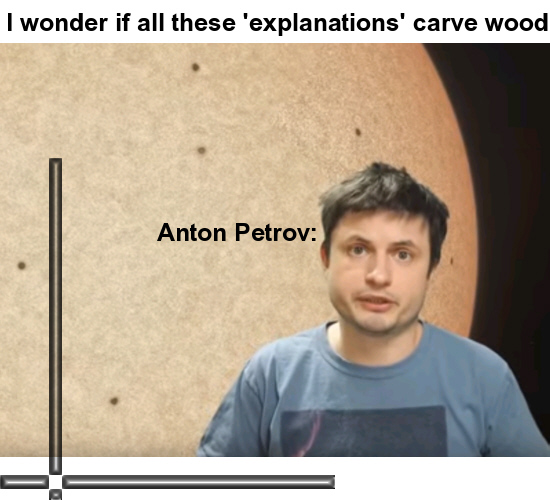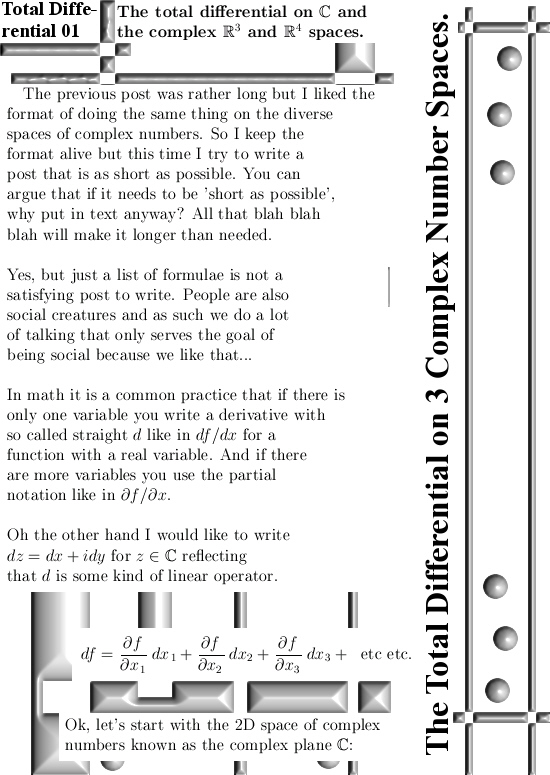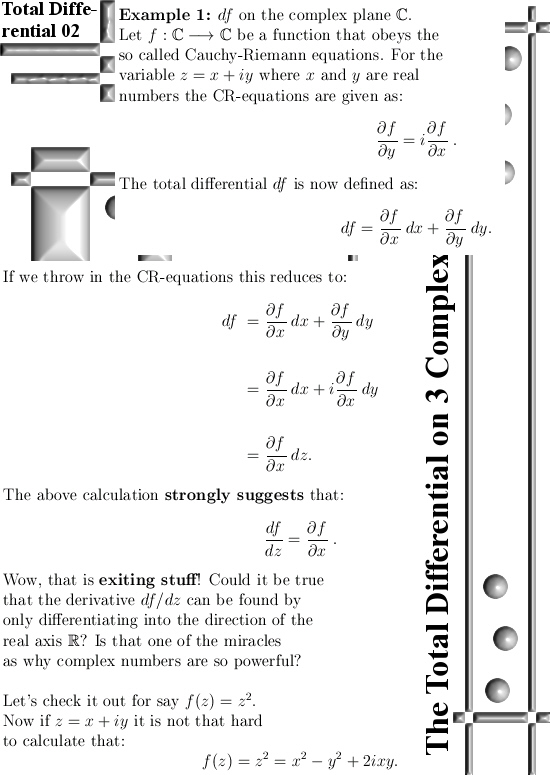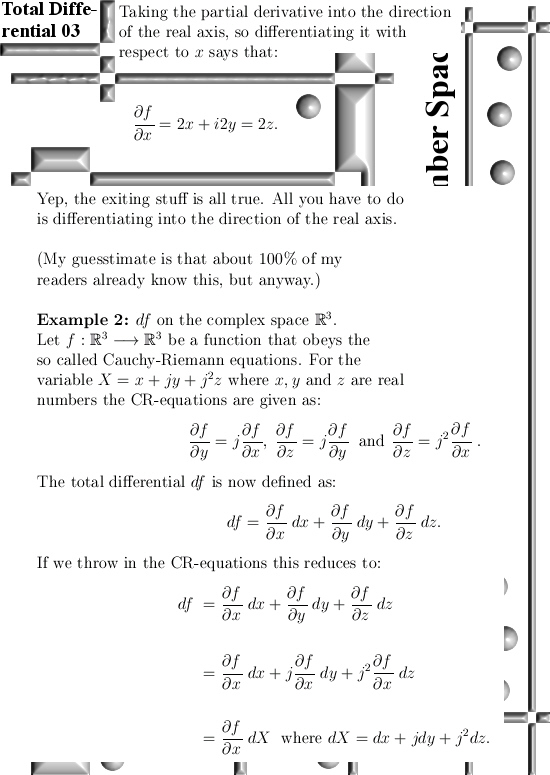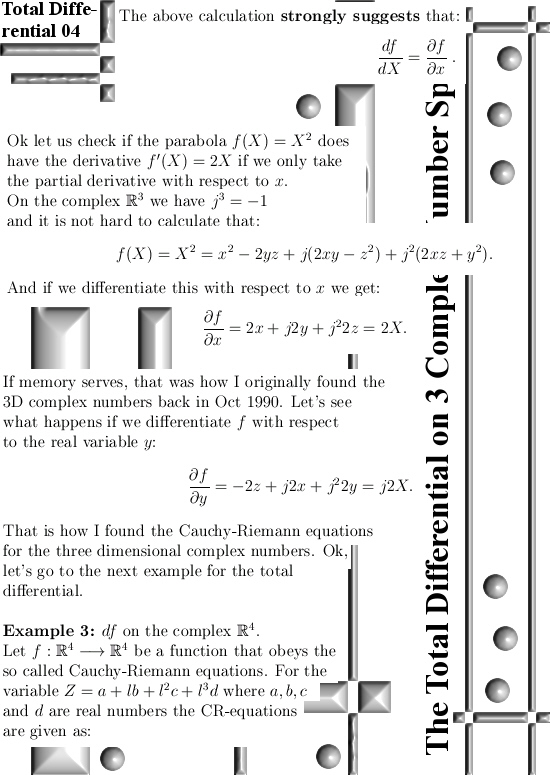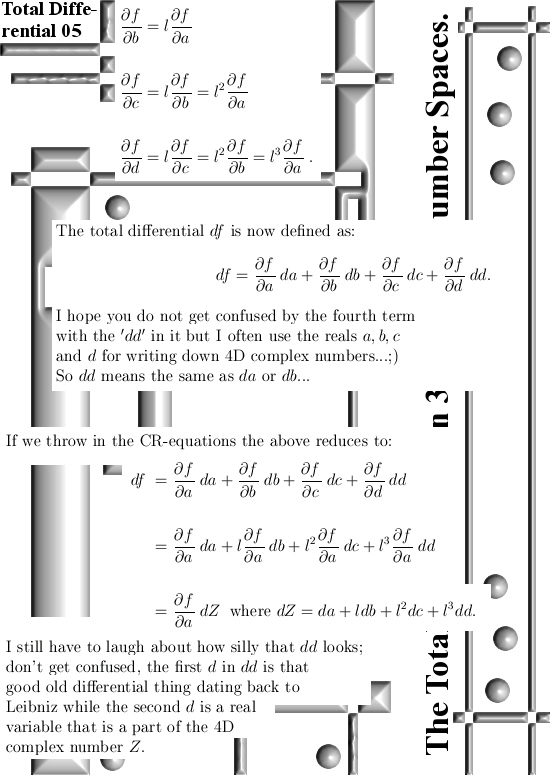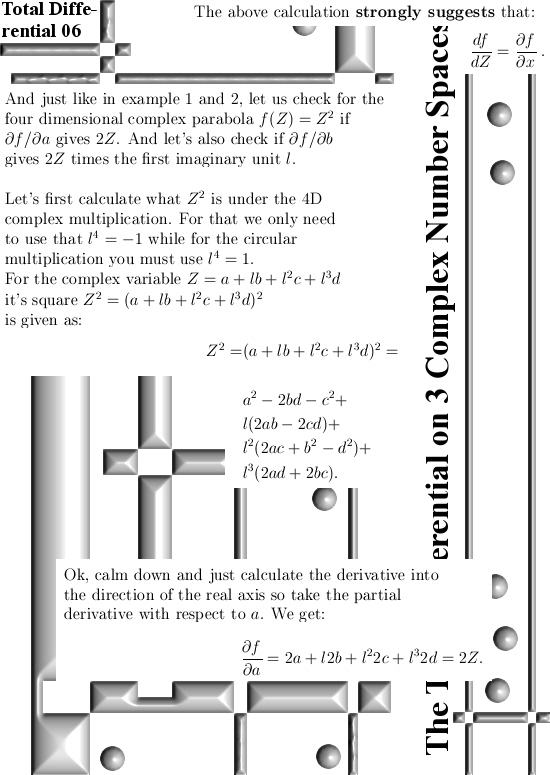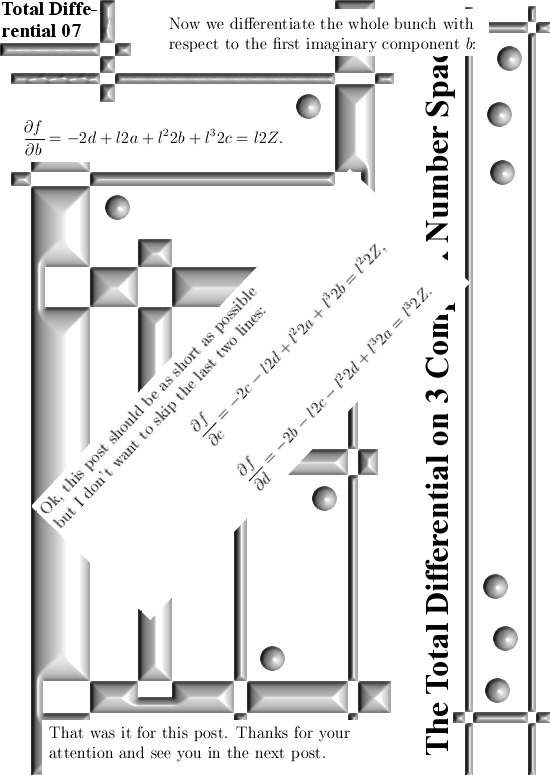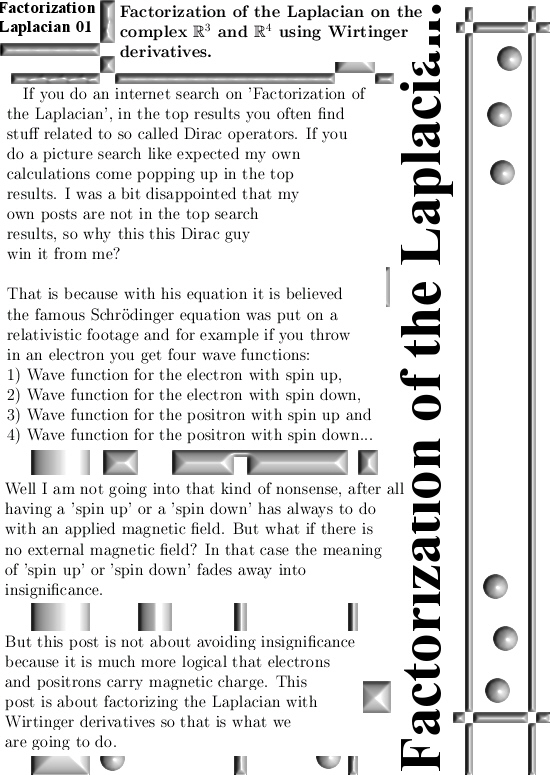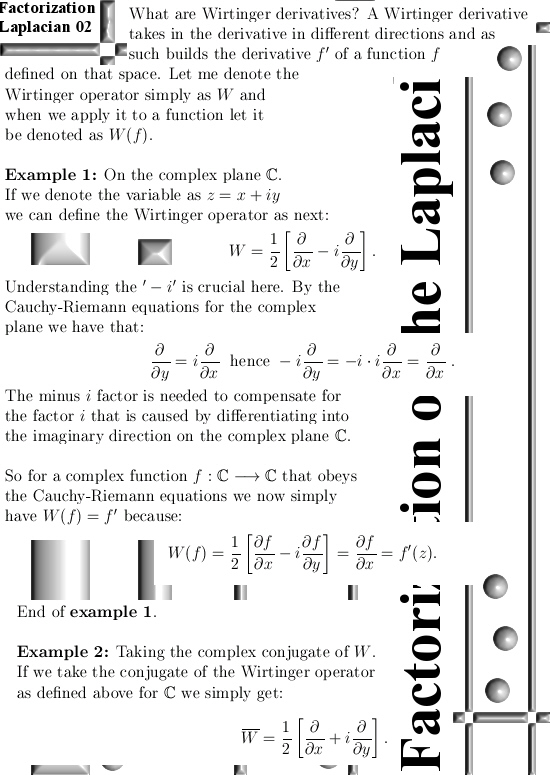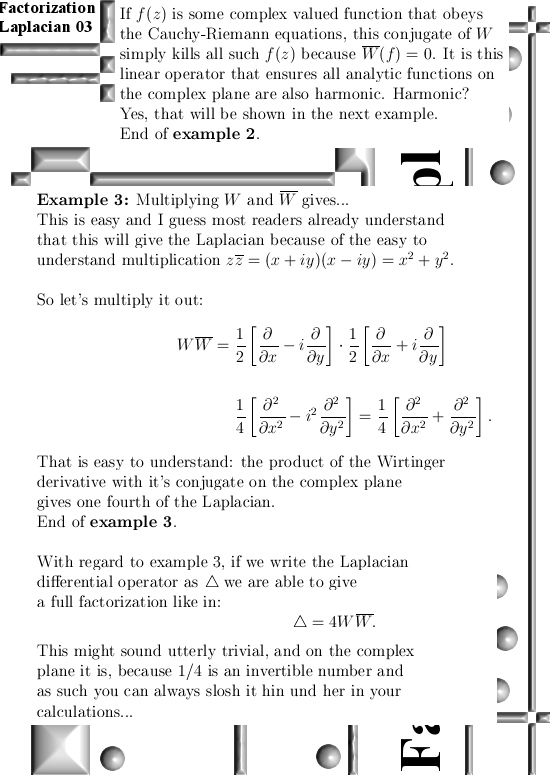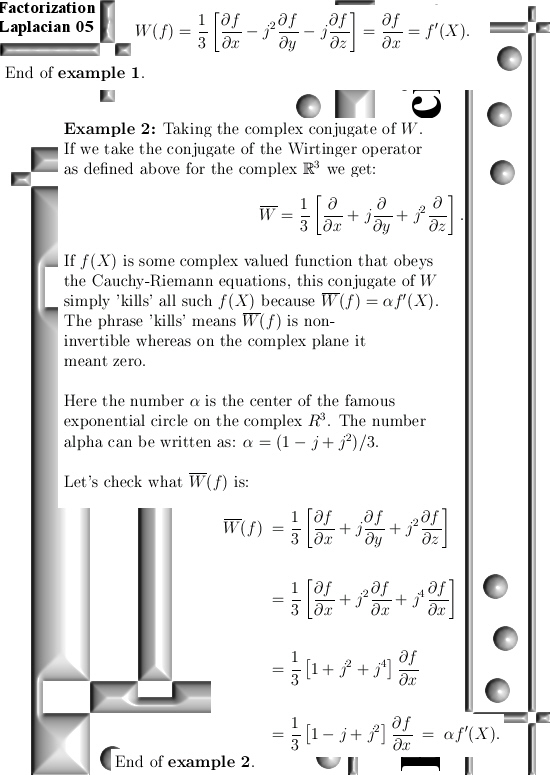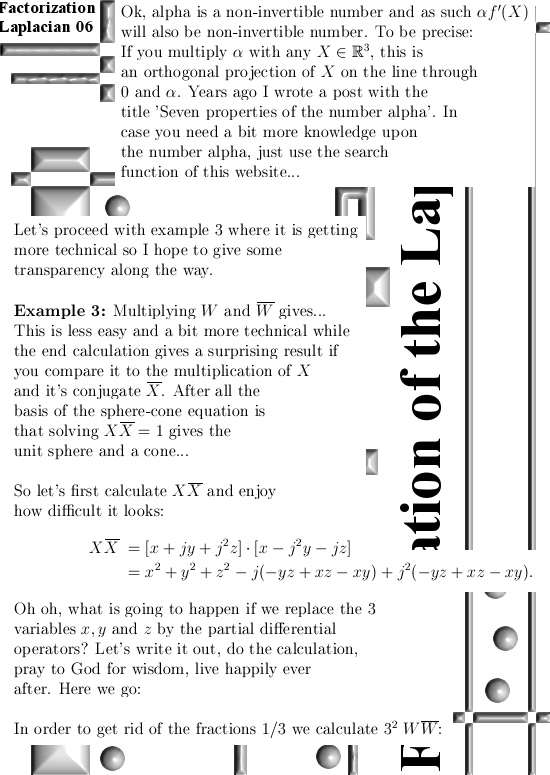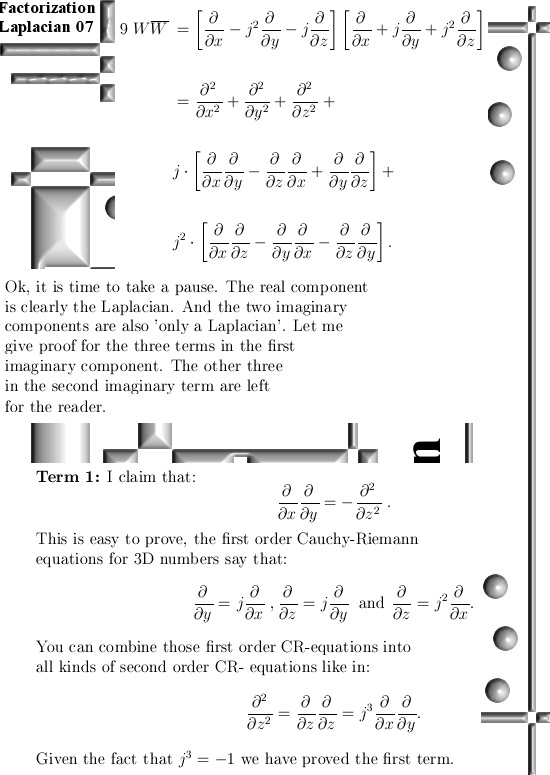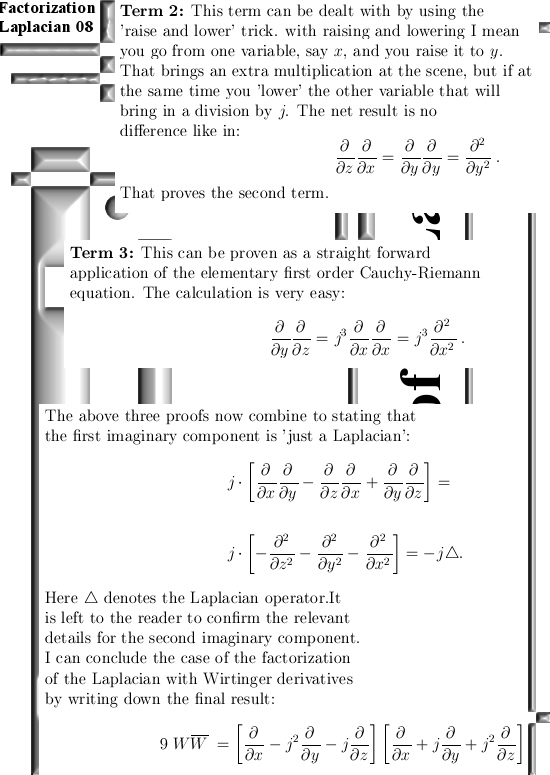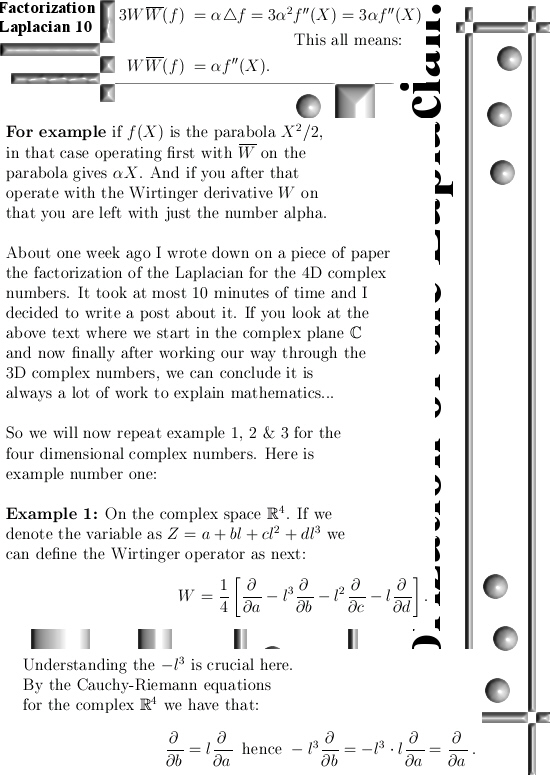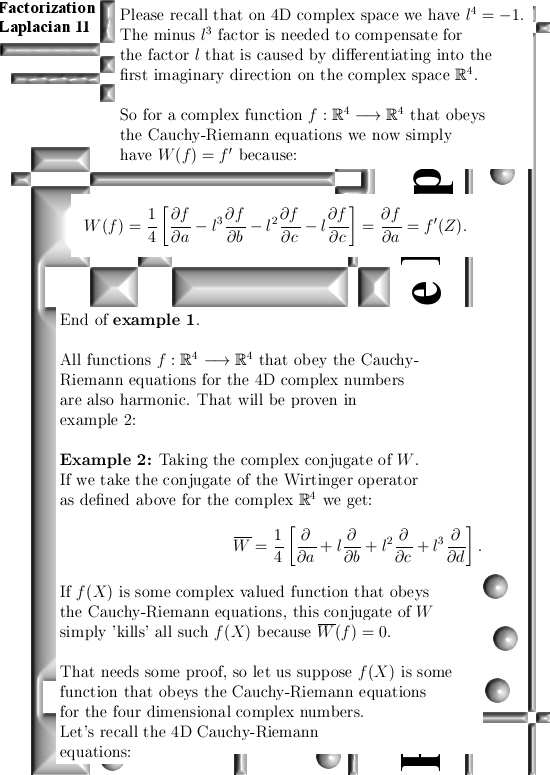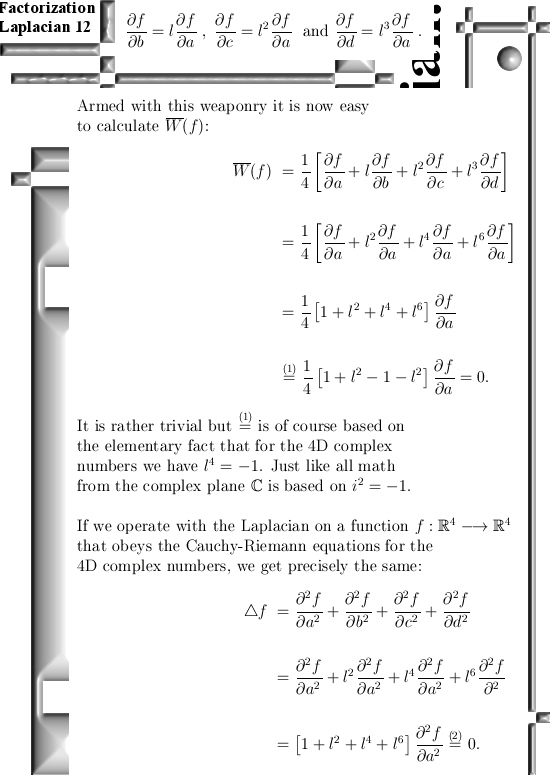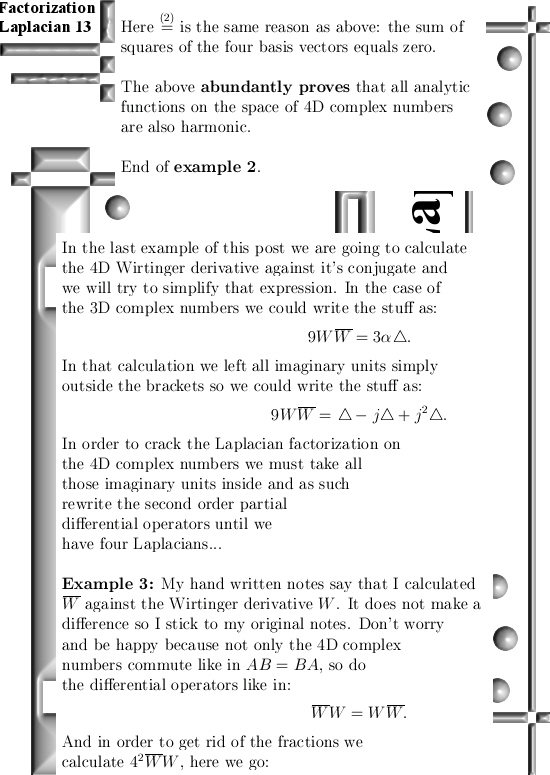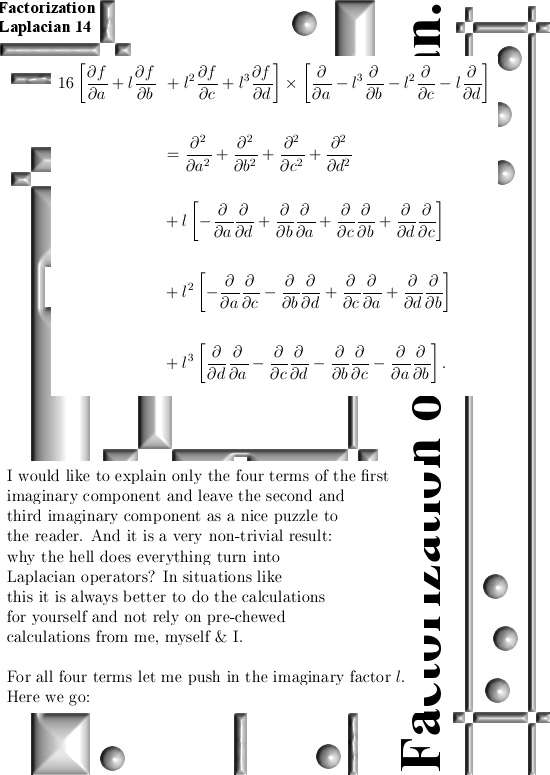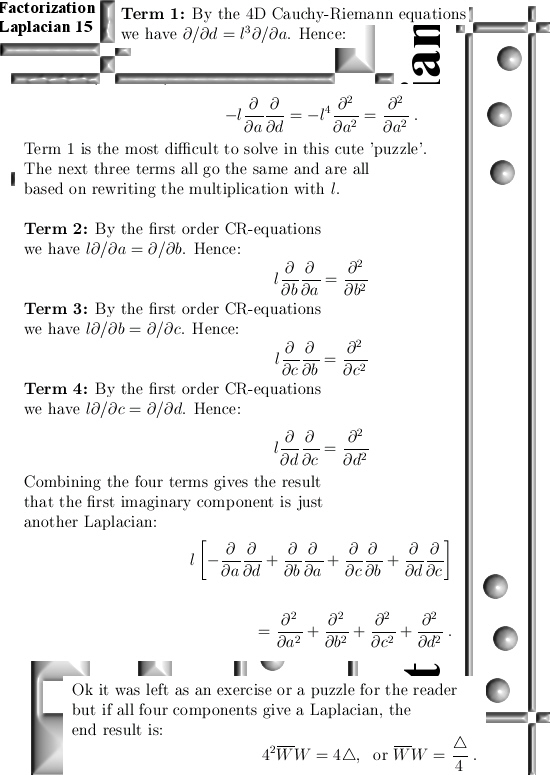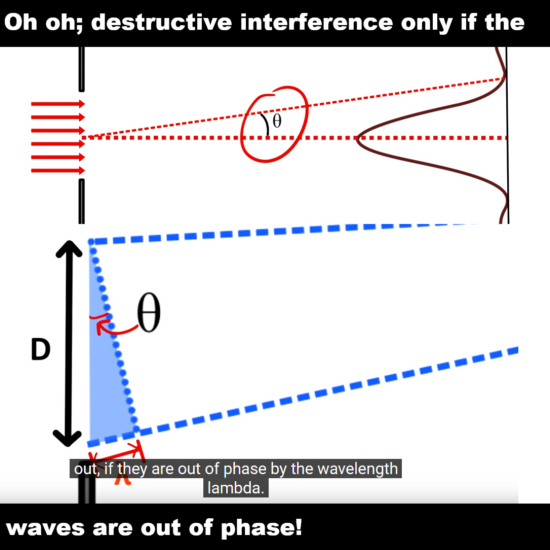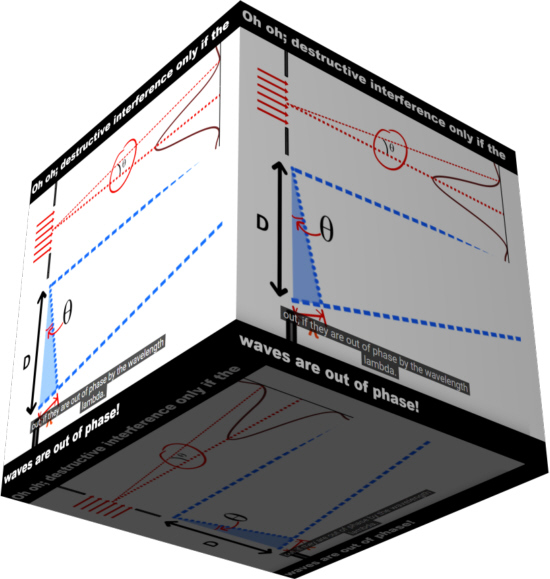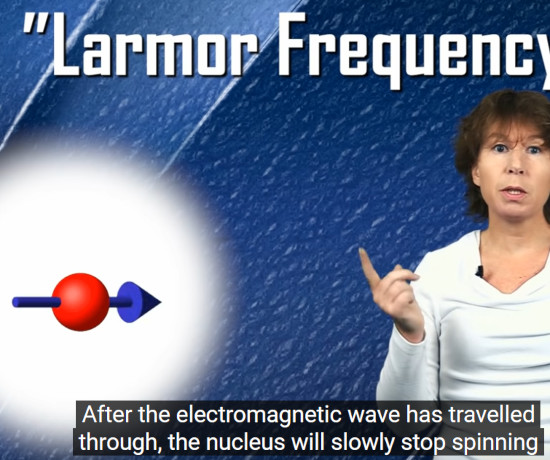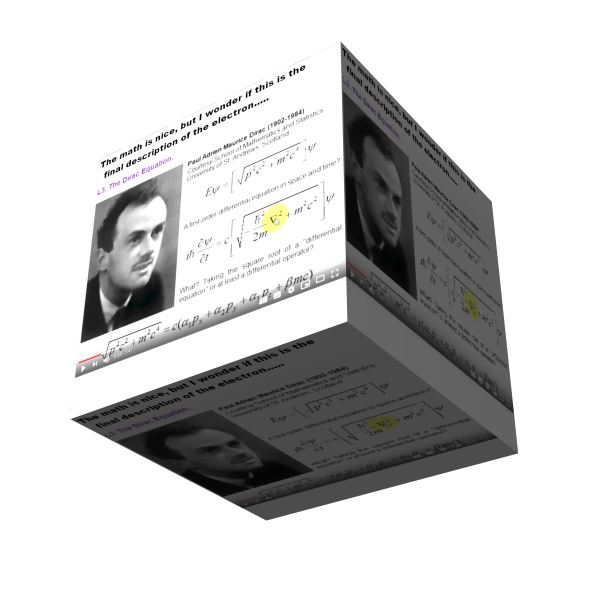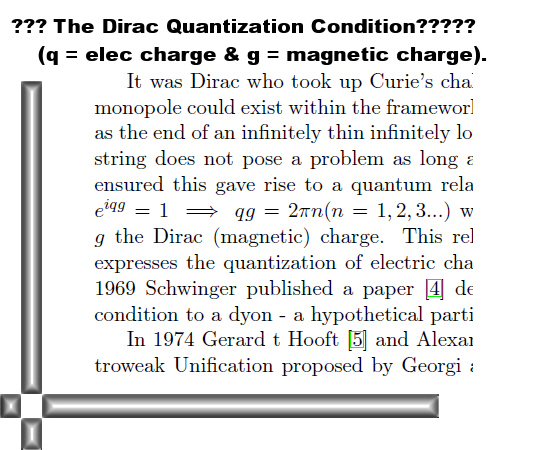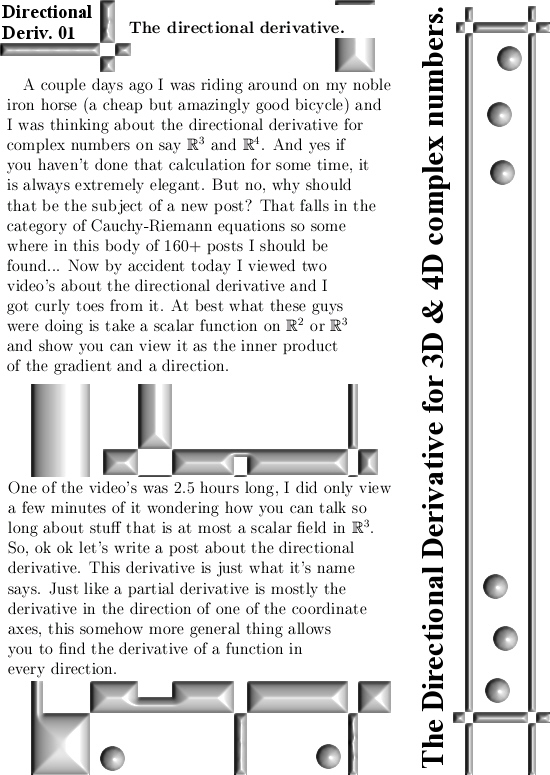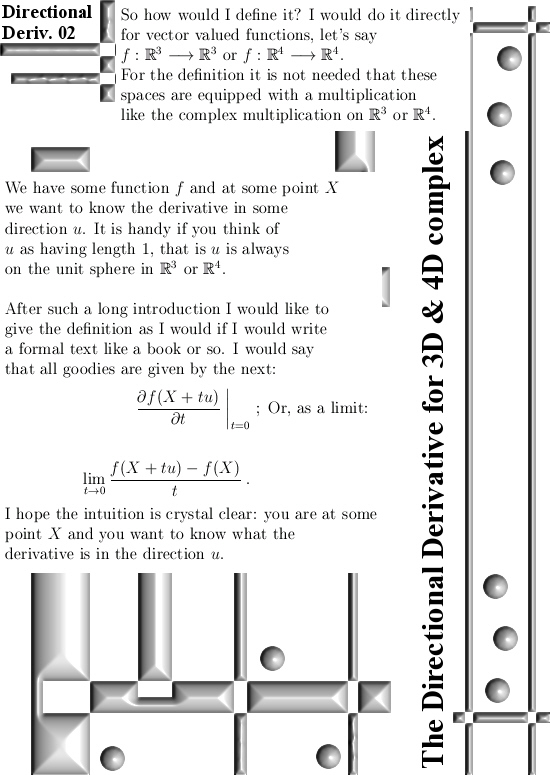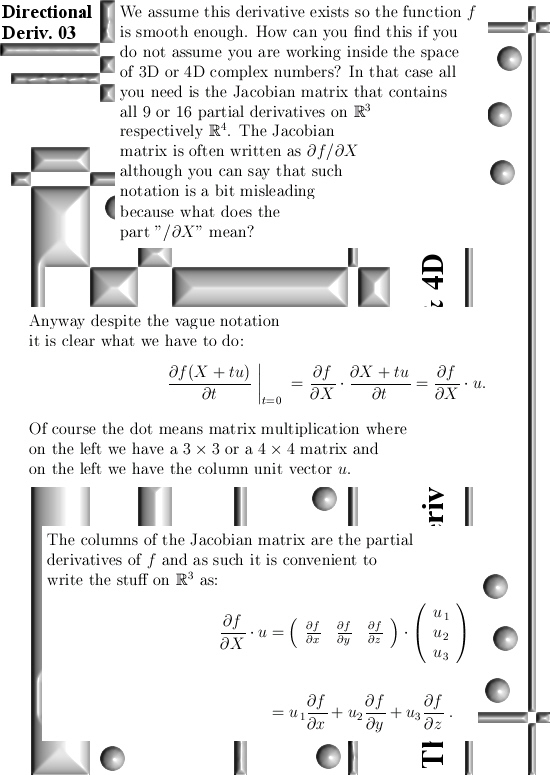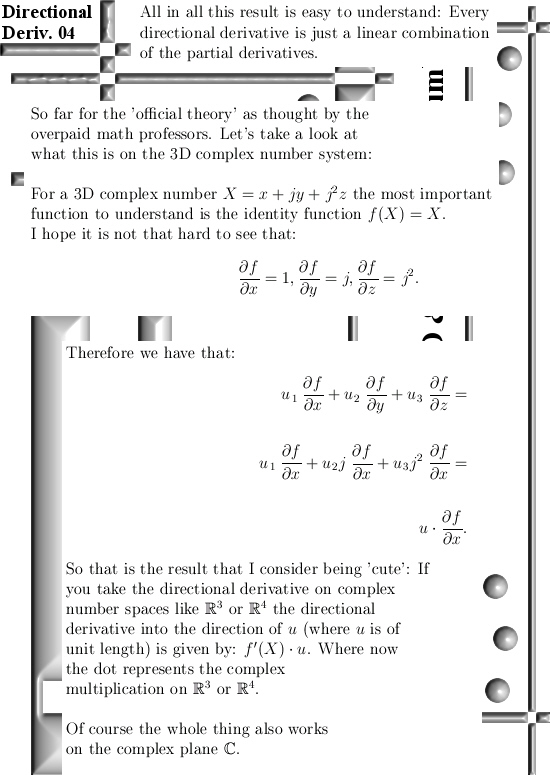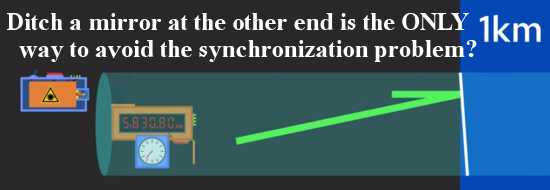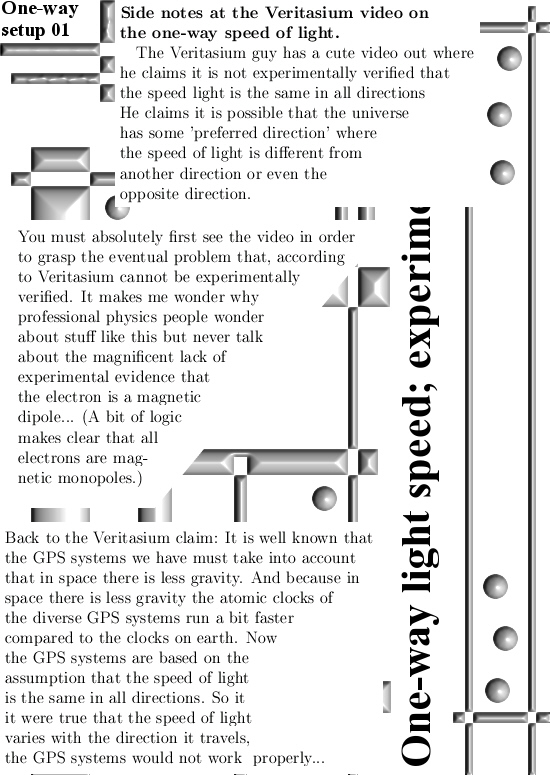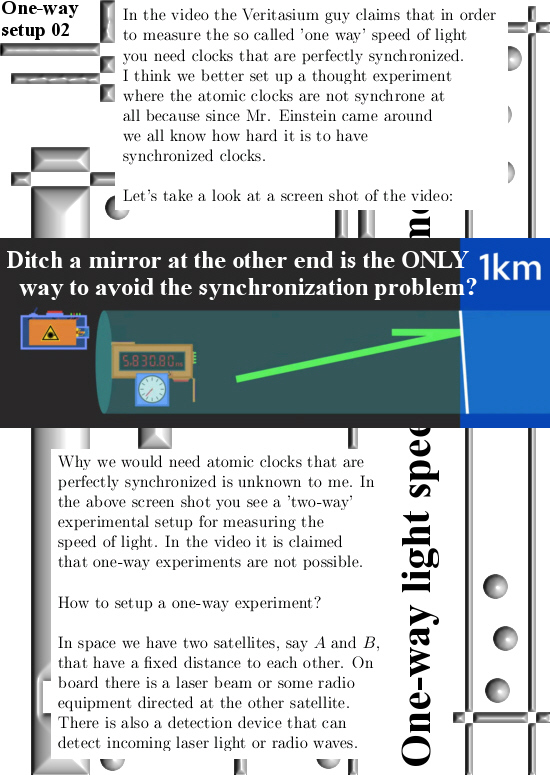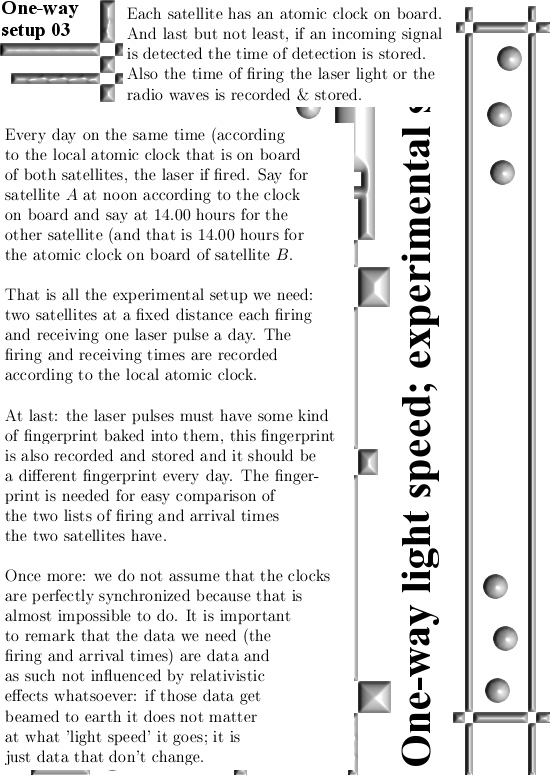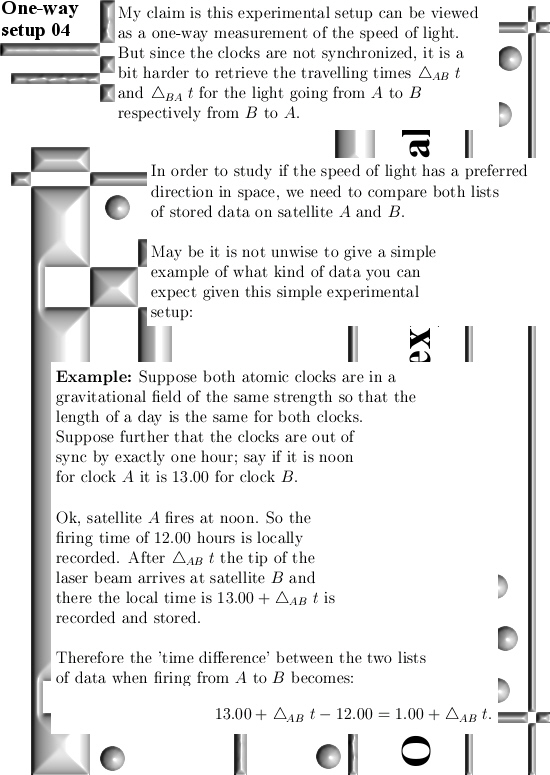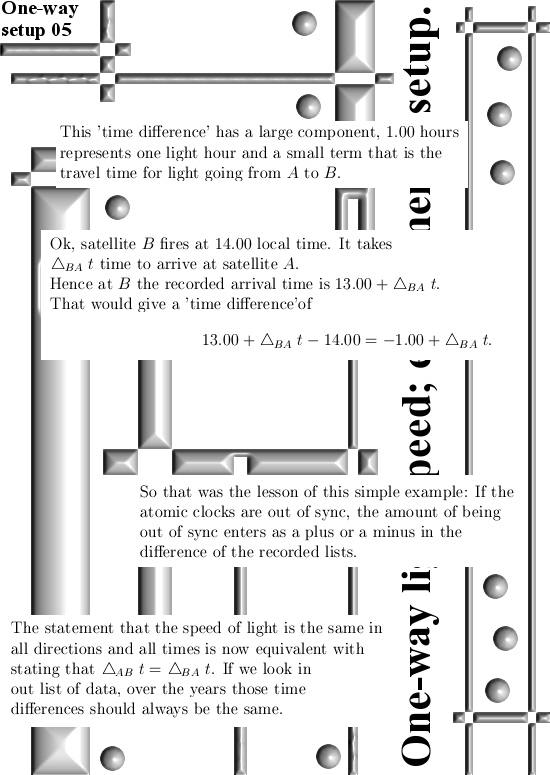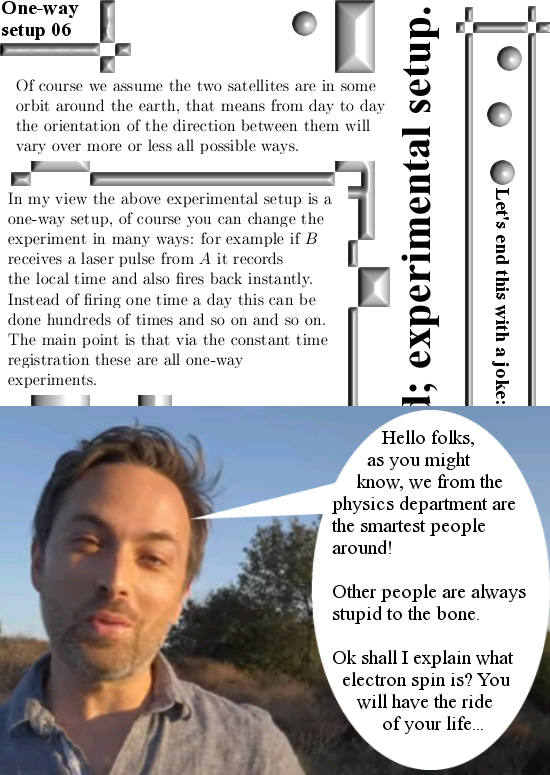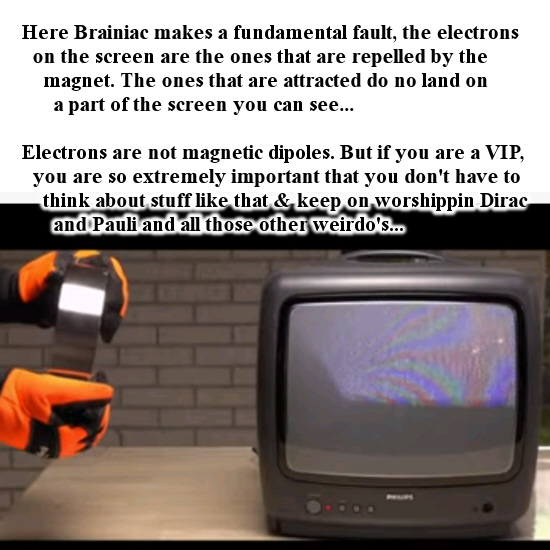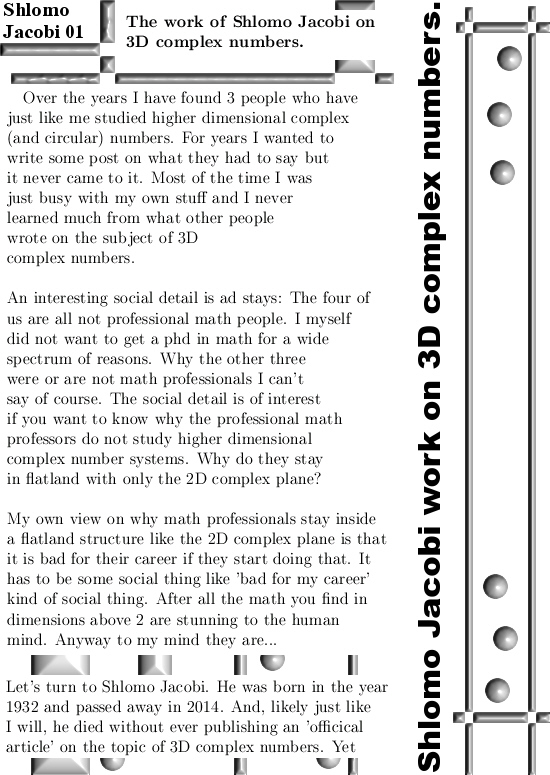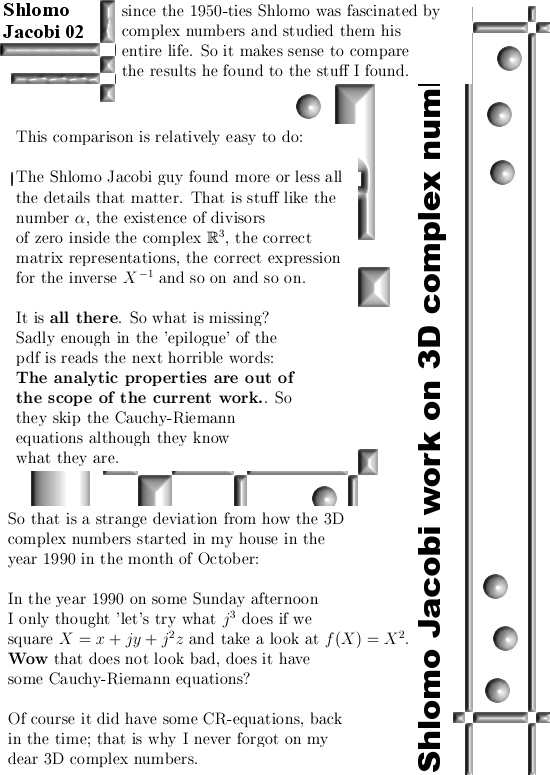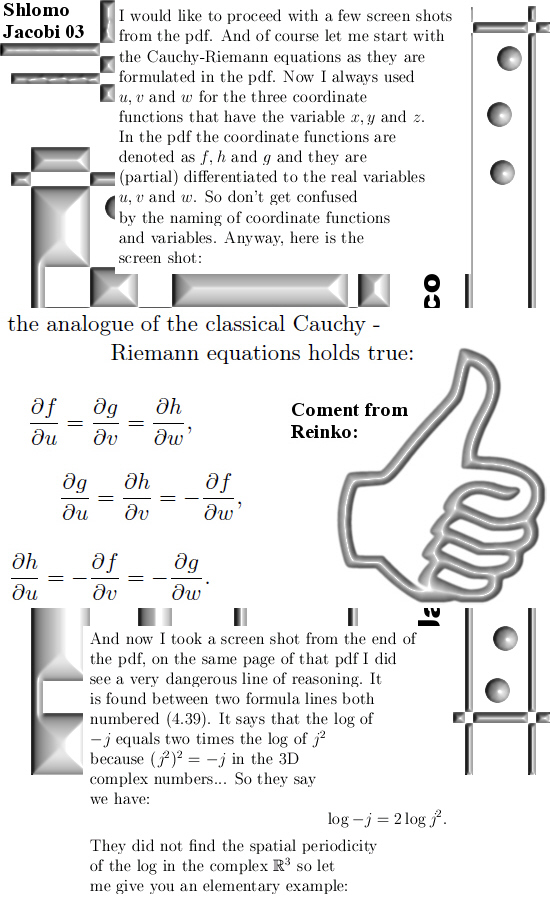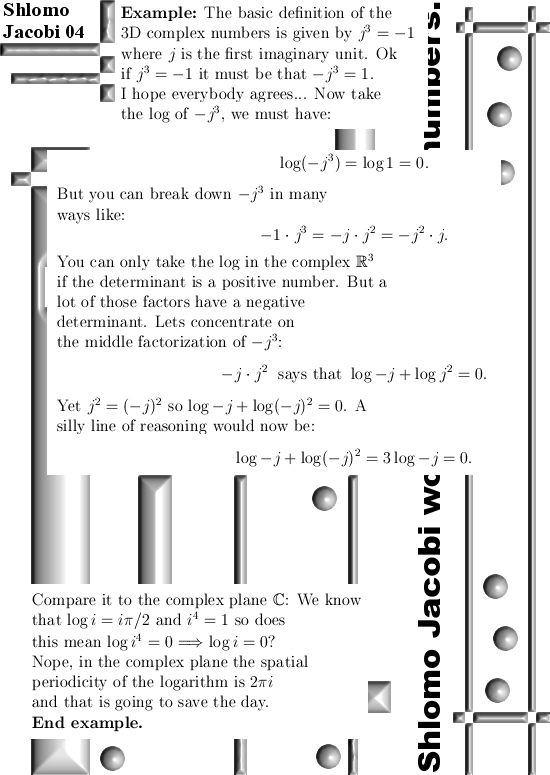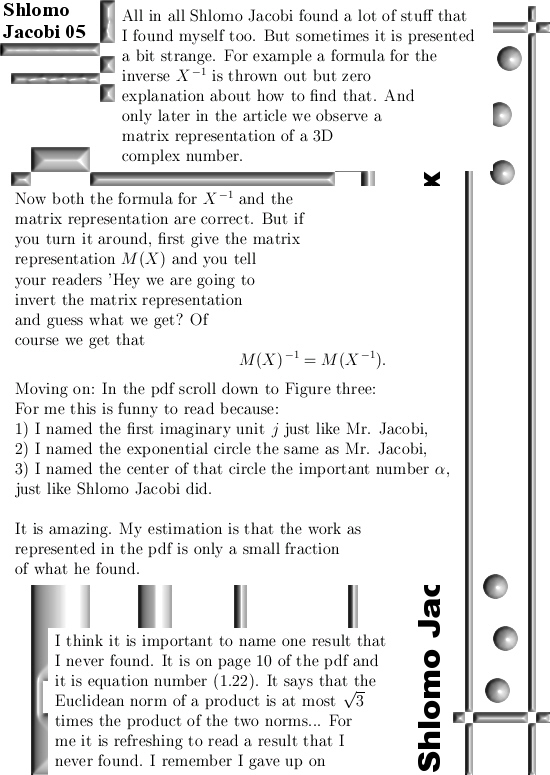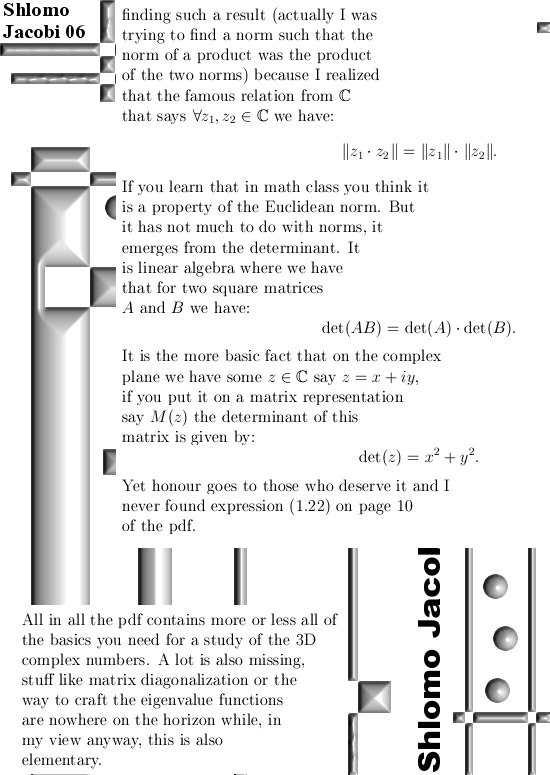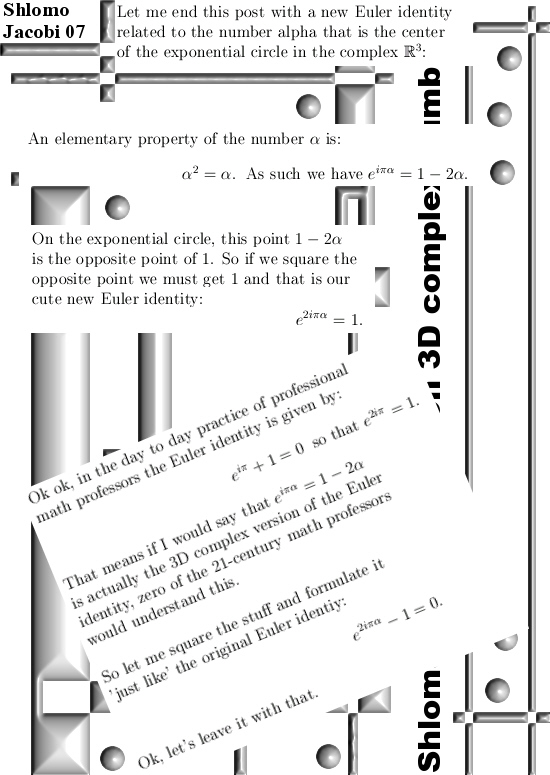In the first place I wish you all a happy new year & let’s hope for some improvement this year when it comes to the new corona virus.
It seems that the Voyager probes, who are now in interstellar space, have done a remarkable discovery when it comes to electron speeds coming from the sun. This was found when observing electron bursts that originate from solar bursts, first the electrons are detected while the plasma shock wave itself only arrived weeks later. This is a happy finding because it now is very hard to deny electrons get accelerated by magnetic fields because they are all magnetic monopoles. Of course 100% of the university people will deny that electrons are magnetic monopoles, this is a clear case of the law of conservation of retardness…;)
Anyway let me post a few quotes, the first quotes come from space.com. Here is a link: https://www.space.com/nasa-voyager-electron-bursts-interstellar-space. My comment is in a bold font.
The Voyager mission has detected a new type of “electron burst,” which will provide insights into the mechanisms of flaring stars, a new study reports.
“The idea that shock waves accelerate particles is not new,” corresponding author Don Gurnett, professor emeritus in physics and astronomy at the University of Iowa, said in a statement.“Physicists believe these electrons in the interstellar medium are reflected off of a strengthened magnetic field at the edge of the shock wave, and subsequently accelerated by the motion of the shock wave,” the University of Iowa said in the same release. “The reflected electrons then spiral along interstellar magnetic field lines, gaining speed as the distance between them and the shock increases.”
Comment: The above is retarded nonsense that shows university people think that electrons cannot be accelerated by magnetic fields and as such you get all that blah blah blah about shockwaves that can accelerate particles. If memory serves these are Alvén waves, but it is straight in your face: 670 times as fast and that is far out of the realm any Alvén wave can do.
Since it is a joyful day, why not include some fictional pictures representing what likely is one of the Voyager probes in space:
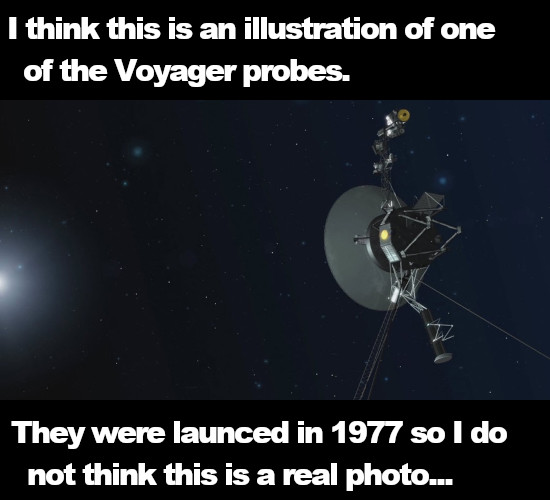

From a website under the name extremetech.com I found the next cute quote. A CME is a solar coronal mass ejection while the ISM is the inter stellar medium:
Each time one of these big CMEs reaches the ISM, the researchers have noted an electron burst in advance — the shockwave itself didn’t arrive until 13 to 30 days after the high-energy cosmic ray electrons. It’s counterintuitive to see this signal showing up ahead of the shockwave, but the team says this is all thanks to the properties of magnetic field lines in the ionized gas of the ISM, which are apparently almost perfectly straight. Large CMEs punch through the heliopause and interact with these field lines, causing some of the electrons inside to accelerate along the magnetic straightaways. They can reach relativistic speeds, about 670 times faster than the shockwave that originally delivered them to the edge of the solar system. That’s why Voyager 1 and 2 see the electron burst before the CME shockwave.
Scientists have never seen electrons accelerated ahead of a shockwave like this. It’s an entirely new mechanism and one that could help us better understand the ISM.Comment: Just another example of how retarded all those explanations are. It has nothing to do with the ISM but only with electrons getting accelerated by magnetic fields because electrons are magnetic monopoles. It serves as another example of a law from the social sciences namely the conservation of retardness inside academic organizations.
Link from the quote:
Ok, that was it for this update. Once again a happy new year and thanks for your attention.
05 Jan 2021: Correction & addendum: May be I should have included a link to the ‘scientific article’ the whole stuff was based on. Here is a link to that: https://iopscience.iop.org/article/10.3847/1538-3881/abc337
Anyway you have to pay if you want to read that article so I won’t do that.
Yet in my line of thinking where electrons are always magnetic monopoles, they come in two different kinds like the south pole and north pole magnetically charged electrons. Also they are never in a mixed state of ‘spin up’ and ‘spin down’. Just like in the hydrogen atom the proton and electron never get confused what particle carries the electric charge…
But hey, let’s ask the professional physics community once more to bring forward some experimental proof that the electron is actually a magnetic dipole… Of course they do not have such experimental proof or at least some kind of validation, so they will keep on talking weird stuff when it comes to electron spin.
End of the Correction & addendum thing.
